FROM BAD TO WORSE
Unfortunately, history would repeat itself a few years later. At the end of 2001 Billy Gunn, already famous for his ‘Mr Ass’ gimmick, began teaming with Chuck Palumbo and it quickly became apparent that the two men might be more than just tag partners.
They started wearing matching headbands and tight-fitting red trunks; they helped each other with intimate-looking stretches in the locker room; they regularly admired each other’s bodies and adopted sexually suggestive positions with each other while the crowd booed them during an in-ring posedown against Stacy Keibler and Torrie Wilson.
They even recruited Rico, a wrestler promoted from developmental territory OVW, to portray a walking gay cliche as their “stylist.”
Most weeks they were used in lame efforts at humour based on their not-so-ambiguous feelings for each other – the same kind of nonsense that had been seen in a hundred other gay gimmicks that preceded it.
But then suddenly, after a match on Smackdown one Thursday night, WWE upped the stakes: Chuck got down on one knee, pulled a ring from his trunks and asked Billy to become his “partner for life” in a commitment ceremony.
Gunn said yes, a smattering of boos filled the arena, and so began one of the oddest weeks in the company’s history.
Despite the way in which the team had been portrayed for the previous nine months, the Gay & Lesbian Alliance Against Defamation (GLAAD) embraced the storyline as a landmark moment in television history and helped WWE to garner mainstream attention.
Billy and Chuck were interviewed on NBC’s Today show, featured in TV Guide and Variety magazine, and described in a New York Times article as “accidental crusaders”.
No alarm bells seemed to ring about how the company presented its LGBT+ characters even when, during the same week, Raw promised viewers “Hot Lesbian Action” which turned out to be two young women stripping in-ring and kissing each other for the fans’ entertainment until a heavyweight male tag team called 3 Minute Warning interfered and brutally beat them both up.
In hindsight perhaps we should have all seen the twist coming when the commitment ceremony finally aired on September 12, 2002.
First, the Godfather interrupted with his “ho train” to try and help Billy and Chuck remember how great women are.
That didn’t stop the proceedings, but moments later as the union was about to be confirmed both men got cold feet, explaining it was a publicity stunt that had gone too far and saying “We’re not gay!”
The live crowd was shown cheering and celebrating this turn of events, which concluded with 3 Minute Warning showing up again to beat everyone up, because why not?
GLAAD claimed WWE had lied to them, Billy and Chuck’s team ended soon afterwards, and once again pro wrestling told its audience that it had no place for openly gay characters.
To be fair to WWE they were far from the only offenders – in fact the Billy and Chuck fiasco wasn’t even the worst thing that happened in the industry that year.
On February 23, 2002, a new independent promotion called Ring of Honor held its inaugural event, and the very first “match” in company history remains the worst thing I have ever seen on a wrestling show.
An overtly camp tag team called the Christopher Street Connection (named after the New York street that represents a worldwide symbol of gay pride) arrived, clad in feather boas.
Commentators Eric Gargiulo and Steve Corino reacted with rage: Corino said that if they wanted to behave in such a way they should do it in the parking lot so that no-one would have to see it, while Gargiulo said it was “disgusting” to see one of them kiss a male fan.
Once in the ring the duo, named Buff E and Mace Mendoza, announced on the mic that no-one wants “our kind” in ROH (both commentators immediately agreed) before renaming the company “Ring of Homosexuals” and starting to make out with each other.
The crowd started aggressively chanting the word “Faggots” and Gargiulo expressed regret that he was contractually unable to shout along with them.
At that point, a team called Da Hit Squad, a pair of heavyweights not dissimilar to 3 Minute Warning, hit the ring and decimated the pair before putting their valet Allison Danger through a table while the commentators bet that she now wished she had managed a straight team instead.
The footage has wisely been edited out of the show on the company’s on-demand service, as has a similar segment on a subsequent show, but 19 years later it should still shame everyone involved – it was so viciously homophobic that it is upsetting to imagine how much untold psychological damage it might have caused to LGBT+ people, or how much violence it might have incited.
Of course, fans were not the only ones who could be affected – the impact of working in an industry with a track record like this could undoubtedly take a toll on anyone.
Chris Kanyon’s case is particularly harrowing: debuting in 1992, he was gay but remained closeted to all but his closest friends throughout most of his career.
Eventually becoming a regular in WCW, he went to great pains to keep his sexuality hidden, and on one occasion when a sexual partner recognised him from television, he even threatened violence if the guy went public.
Other wrestlers noticed Kanyon’s lack of interest in women and occasionally asked him if he was gay but he always denied it.
That did not stop rumours circulating, and by the time he arrived in WWF in 2001 word had apparently spread to Vince McMahon, who approached him with an idea for a new gimmick.
According to Kanyon’s autobiography, the boss asked him to “accentuate the wrist a little” while bending his wrist to demonstrate.
“You have a very… unique way of speaking. You need to be very over-the-top and flamboyant… you know what I’m saying?”
Kanyon felt McMahon was trying to humiliate him and was asking him to be something he wasn’t, but agreed to give it a go.
He explained that after a few weeks of working on the character with one of the company’s writers it was clear the idea was not working and it was dropped.
Sadly that was not the end of it. While recovering from an injury in 2002 Kanyon began to develop a new character for himself that would be gay but macho, breaking with the normal stereotypes.
In his book he claimed that he came out to three wrestlers in order to pitch the idea, but that two of them then spoke to WWE management without his consent and the idea received no enthusiasm.
Instead, once he was ready to return something quite different was planned. On the 2003 Valentine’s Day edition of SmackDown, Kanyon emerged from a literal closet that was set up in the ring as a “gift” from Big Show to the Undertaker.
Dressed up like Boy George for reasons unknown, Kanyon had been instructed to sing one of the pop star’s songs as he emerged until Taker beat him to a pulp with a steel chair – an attack that Kanyon claimed gave him a legit concussion.
“Afterward, I was convinced the whole set-up, including the beating, was deliberate,” he wrote. “I thought it was a message from McMahon: We don’t want you – or your kind – here.”
Although Kanyon agreed to do the gimmick he later claimed that he felt uncomfortable about it but feared he could be fired if he turned it down.
Afterwards he even asked to continue with it (an effort to gain a measure of control over his situation, by his account) but it was scrapped anyway and his WWE career never recovered.
Kanyon clearly felt that management lost interest once he seemed comfortable continuing with the gimmick: “I’m convinced that I turned the tables on them. When I said I was comfortable with the idea, I wasn’t fun to torment anymore, so they did not allow me to do it.”
Before describing what happened next it’s important to say that Kanyon’s account of these events is disputed.
Later in life, he was diagnosed with bipolar disorder and displayed a pattern of erratic behaviour in the years that followed.
Several people familiar with the situation have claimed that his career stalled because of poor conduct and insufficient talent, rather than because of discrimination related to his sexuality.
Whatever the truth, the tale is a tragic one: in September 2003 Kanyon attempted to commit suicide but thankfully survived.
He was released from his WWE contract in early 2004 but after a brief retirement he returned to the independent scene where he declared on a show in February 2006 that “Chris Kanyon is a homosexual.”
His intention was to become the first high-profile wrestler to be openly gay while still an active performer but unfortunately the announcement was botched: after the match he obfuscated about whether he was coming out in real-life or whether it was just his character that was gay.
Although he clarified matters with a press release a few days later, fans were left confused as to whether the whole thing was a work.
Kanyon retired again in 2007 and released his autobiography during the final year of his life, explaining why he felt he was released from WWE for being gay and describing how he had struggled with his sexuality and with mental illness throughout his career.
On April 2, 2010, Chris ‘Kanyon’ Klucsarits committed suicide in his New York apartment. He was 40 years old.
Trending
- Big Name Making WWE Debut This Week Update
- WWE Legend Signs New Contract
- Tony Khan Attacked By AEW Stars
- AEW Tag Team Split Confirmed
- WWE Bloodline Member Sidelined With Injury
- Jack Perry & Young Bucks Break Silence After Attacking Tony Khan
- Will Ospreay Championship Match Confirmed For AEW Double Or Nothing
- Top WWE Star Reverting To Old Entrance Theme?
- Tony Khan Backstage Update Following Jack Perry & Young Bucks AEW Attack
- NFL Reacts To Jack Perry & Young Bucks AEW Dynamite Attack On Tony Khan







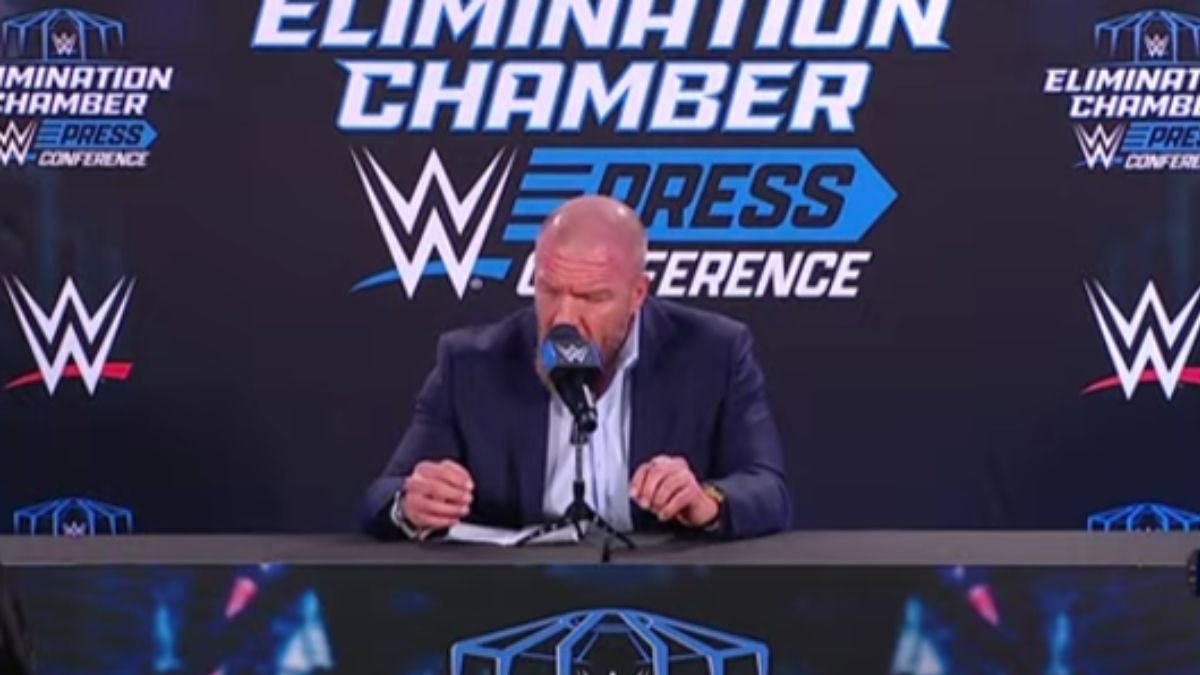

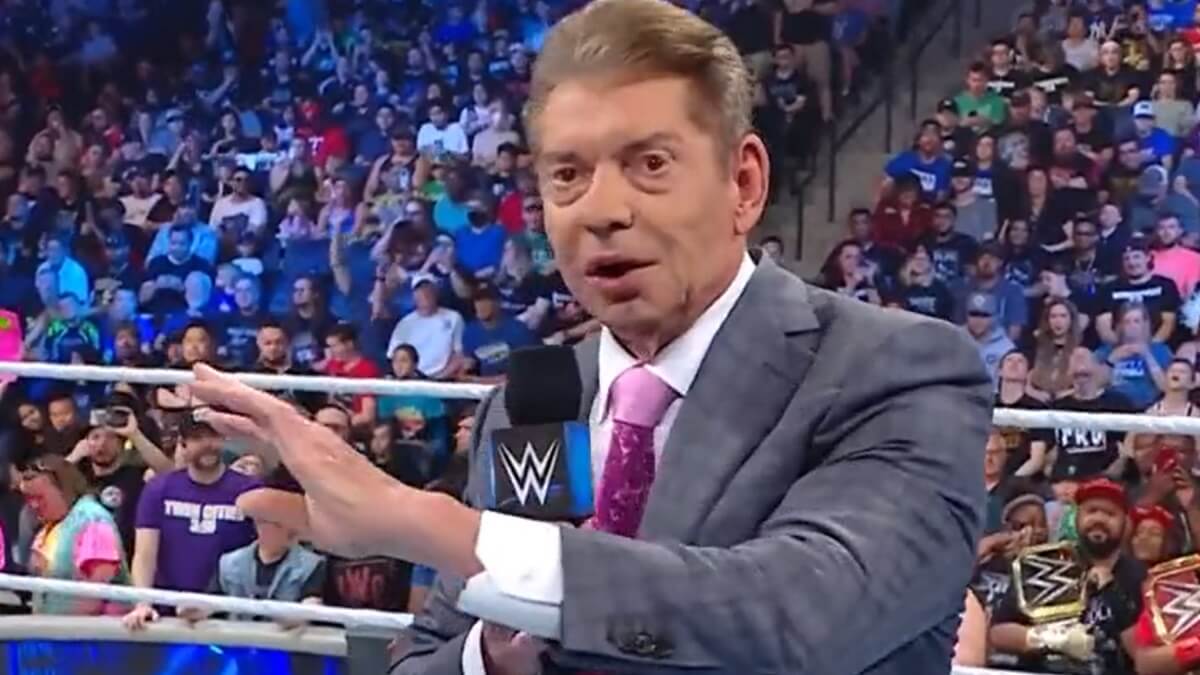
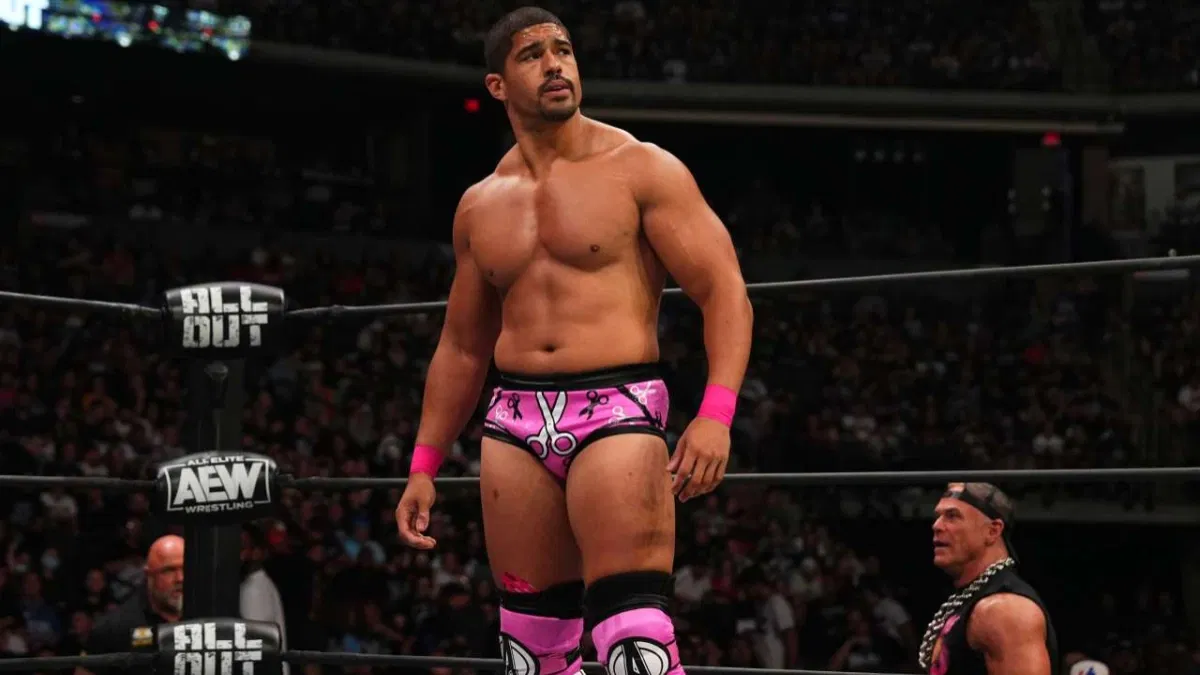


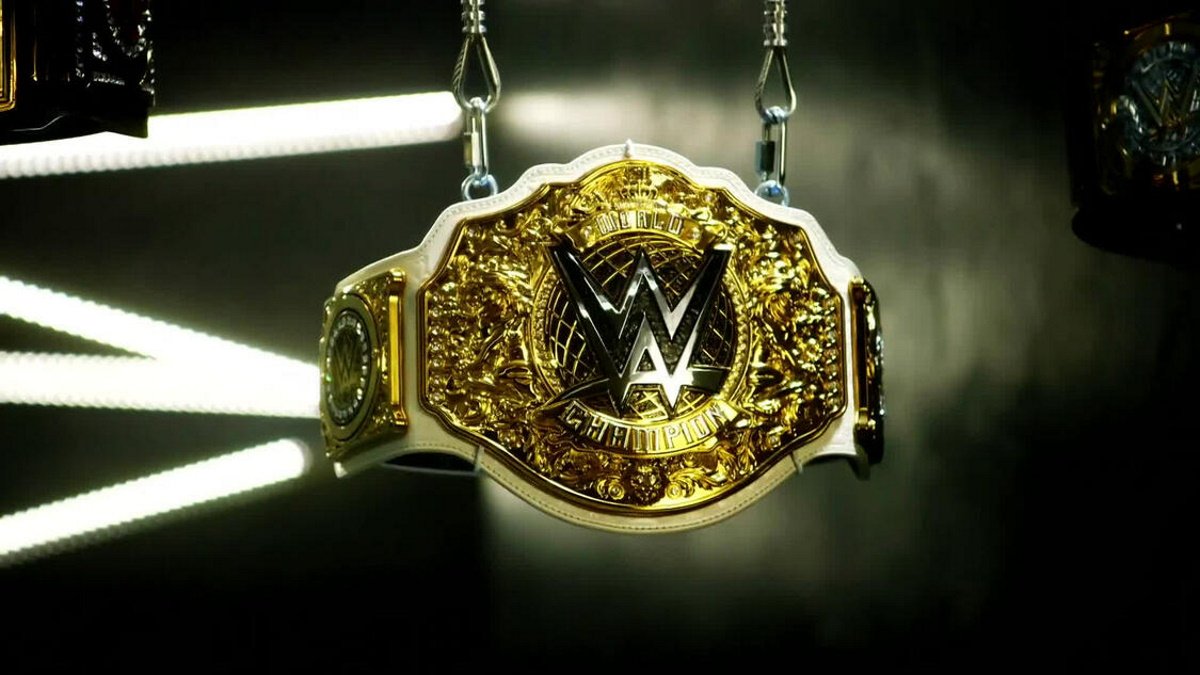
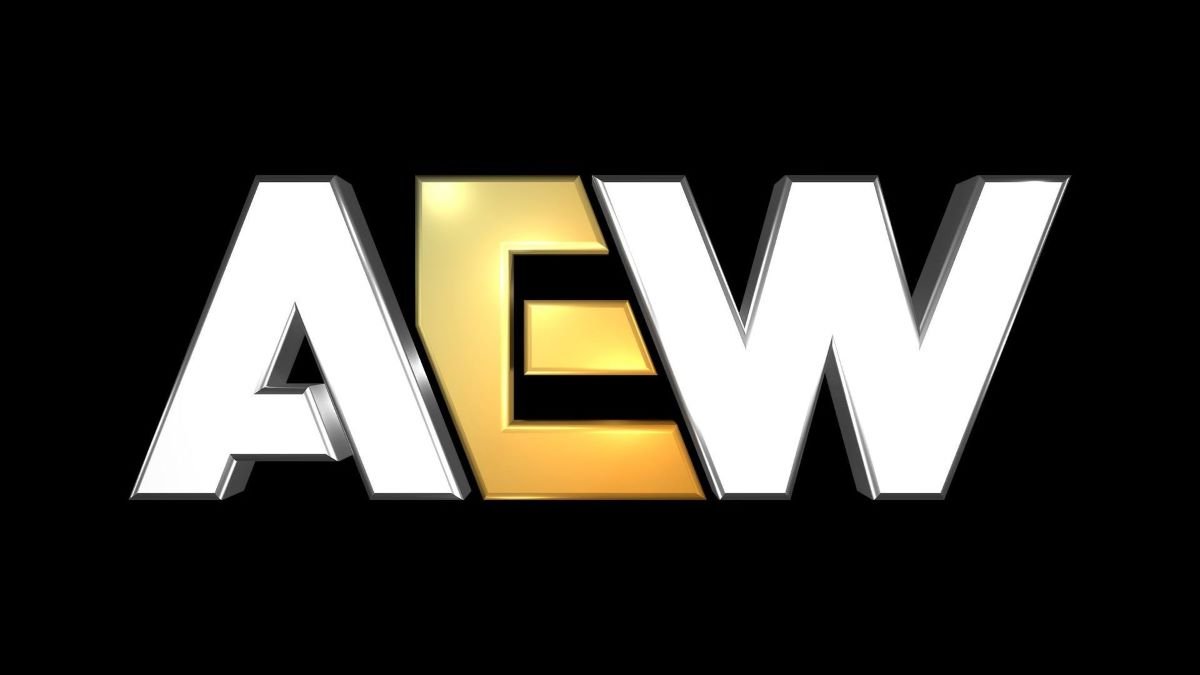
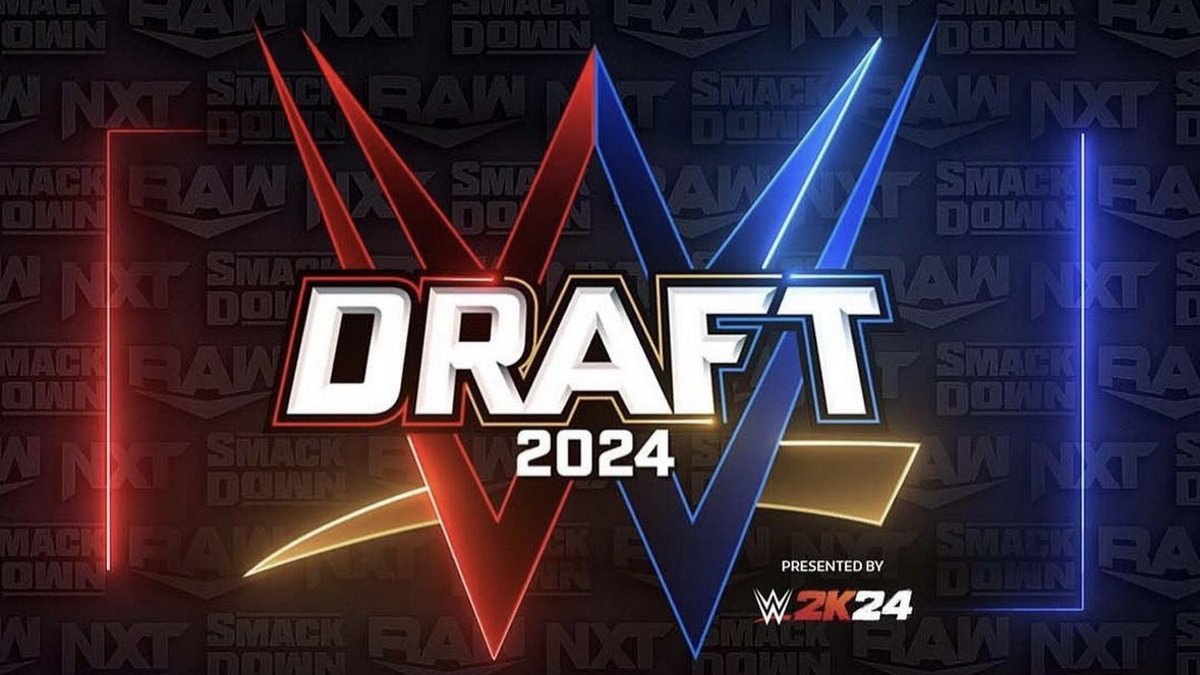

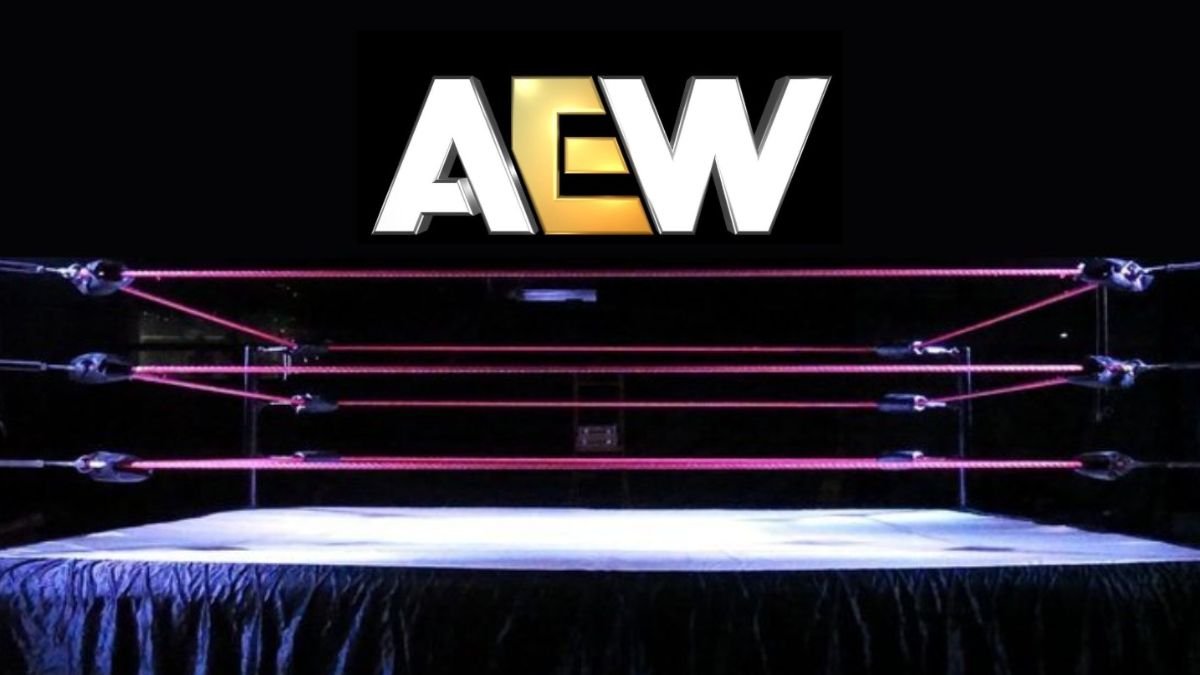
 mailing list
mailing list